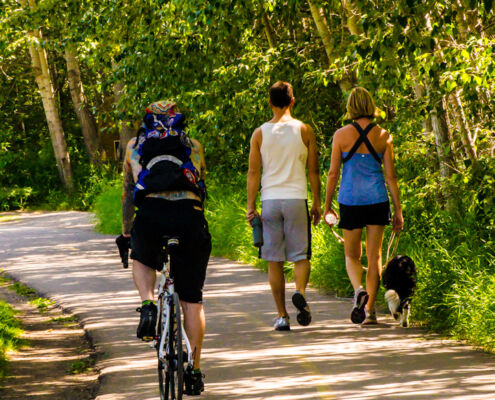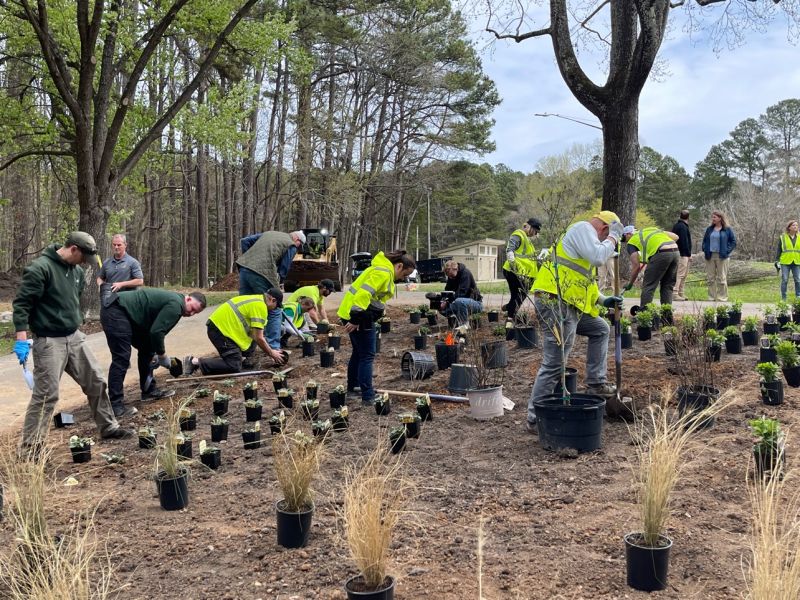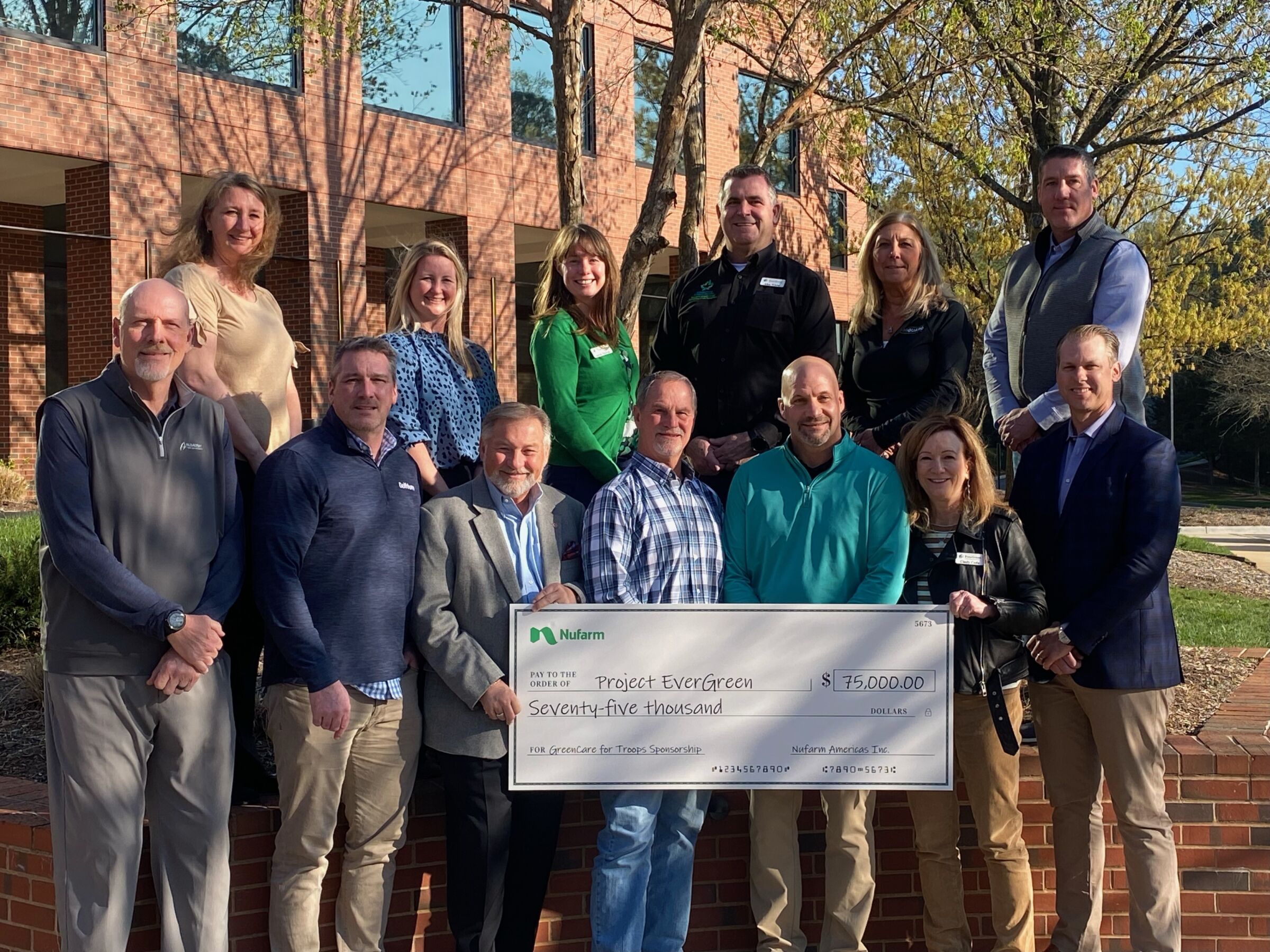Social Connections and Green Spaces
Green spaces provide social connections and a common ground for residents to meet and interact, fostering a sense of community.
Green spaces are a facilitator for bringing community residents together.
Social connections for neighborhoods are often spurred on by access to healthy green spaces. Green spaces, such as parks and community gardens, offer neutral ground where people can gather for various activities, such as picnics, athletics, or social events. These spaces bring people together and provide a common ground for residents to meet and interact, fostering a sense of community.
Green spaces provide a welcoming environment where people can come together for various activities. They are a facilitator for bringing community residents together. Whether it’s a picnic, a game of frisbee, or simply enjoying the outdoors, these spaces encourage social interactions among residents.

Green spaces play a vital role in enhancing social connections within neighborhoods by providing opportunities for residents to meet, interact, and engage in activities that promote a sense of community and well-being.
A Connective Experience
Social connections are enhanced by green spaces in multiple ways including:
Creating Shared Experiences – Participating in activities in green spaces can create shared experiences that help strengthen social bonds. Whether it’s attending a community event or working together in a community garden, these shared experiences can lead to deeper connections among residents.
Building a Sense of Community – Green spaces serve as focal points within neighborhoods, bringing residents together and fostering a sense of belonging. People who frequent these spaces often develop a sense of ownership and pride in their community, which can lead to stronger social connections.
Promoting Health and Well-Being – Green spaces provide opportunities for physical activity and relaxation, which can improve mental and physical health. When people feel good, they are more likely to engage in social interactions and build connections with others.
Reducing Social Isolation – Green spaces offer a place where people can go to escape the hustle and bustle of daily life and connect with nature. This can be particularly important for individuals who may be at risk of social isolation, providing them with a place to connect with others and build relationships.
Recreation – Green spaces offer opportunities for recreational activities, such as walking, jogging, or playing sports. These activities encourage people to spend time outdoors, promoting physical health and providing opportunities for social interactions with others in the community.
Natural Beauty – Green spaces enhance the aesthetic appeal of neighborhoods, providing a peaceful and pleasant environment for residents to enjoy. This natural beauty can create a sense of pride in the community and encourage people to spend time outdoors, interacting with others.
Environmental Awareness – Green spaces can promote environmental awareness and stewardship within the community. Residents who use these spaces may develop a greater appreciation for the environment and be more inclined to participate in activities that promote sustainability and conservation.
Project EverGreen’s Clean Air Calculator
It is easy to underestimate the power of green spaces that grow around us and, if we are lucky, surround the places where we call home, go to work, and enjoy our leisure time.
A new, online calculator will change the way we think about green spaces we often take for granted. Project EverGreen is the exclusive licensee of the Clean Air Calculator™ in the U.S.
The Clean Air Calculator, powered by Project EverGreen, is a web-based mapping tool that measures the positive environmental impact of plants—specifically lawns, trees, and shrubs on a property.
The calculator will be used by lawn and landscape professionals, park directors, golf course superintendents, commercial property owners, sports fields managers, homeowners, and others.
Plants not only capture carbon but also provide us with cleaner, cooler air. Lawns, trees, and shrubs make up green spaces but so do other plants like flowers and gardens. They attract people, wildlife, bees, insects, and microscopic organisms.
Underneath, soil helps grow and support green spaces with its own ecosystem of roots, earthworms, microbes, insects and even animals, like moles and gophers.
While all those things contribute to environmental health, our calculator uses three land covers—lawns, trees, and shrubs to measure the benefits of green space.
The calculator helps one visualize the environmental impact of land cover on a property by measuring four environmental health factors:
- Clean Air
- Carbon Sequestered
- People Impacted
- Km Offset
The Clean Air Calculator combines geographic information system (GIS)-based interactive maps with a scientific data model to identify the value of actual greenspace in cities, neighborhoods, communities, and individual properties.




